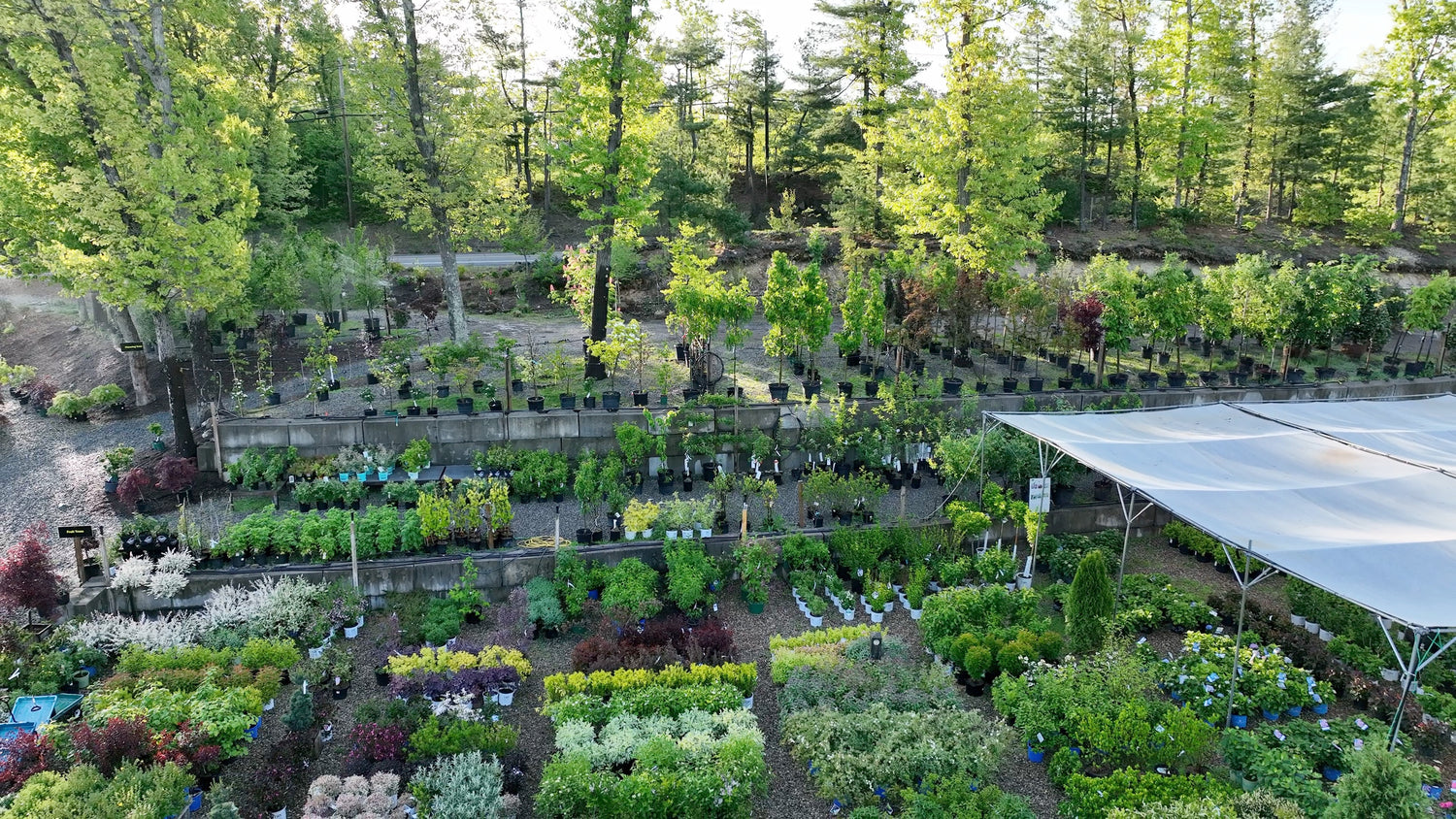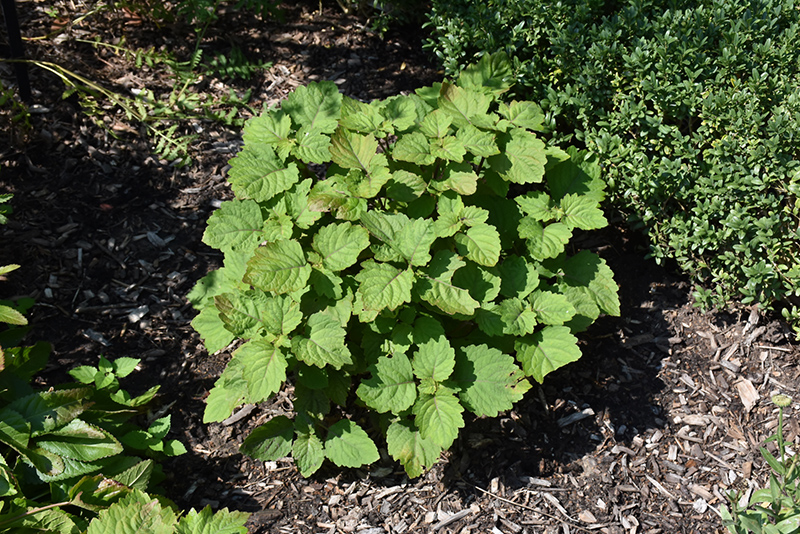Plant Guide
Height: 24 inches
Spread: 3 feet
Sunlight:
![]()
![]()
Hardiness Zone: (annual)
Other Names: Mentha cablin
Description:
An aromatic herb producing foliage, flowers and seeds that have a strong fragrance when crushed; widely used in perfumes and scented oils, as well as for medicinal reasons; small pinkish-white flowers are borne on long spikes; move indoors in winter
Ornamental Features
Patchouli features dainty spikes of fragrant white flowers with shell pink overtones rising above the foliage in late fall. Its fragrant oval leaves remain light green in color with showy coppery-bronze variegation throughout the year.
Landscape Attributes
Patchouli is an herbaceous annual with a ground-hugging habit of growth. Its medium texture blends into the garden, but can always be balanced by a couple of finer or coarser plants for an effective composition.
This is a relatively low maintenance plant, and is best cleaned up in early spring before it resumes active growth for the season. It is a good choice for attracting bees and butterflies to your yard. It has no significant negative characteristics.
Patchouli is recommended for the following landscape applications;
- Herb Gardens
- Container Planting
Planting & Growing
Patchouli will grow to be about 24 inches tall at maturity, with a spread of 3 feet. Although it's not a true annual, this fast-growing plant can be expected to behave as an annual in our climate if left outdoors over the winter, usually needing replacement the following year. As such, gardeners should take into consideration that it will perform differently than it would in its native habitat.
This plant does best in full sun to partial shade. It does best in average to evenly moist conditions, but will not tolerate standing water. It is not particular as to soil pH, but grows best in rich soils. It is somewhat tolerant of urban pollution. Consider applying a thick mulch around the root zone over the growing season to conserve soil moisture. This species is not originally from North America..
Patchouli is a fine choice for the garden, but it is also a good selection for planting in outdoor pots and containers. Because of its spreading habit of growth, it is ideally suited for use as a 'spiller' in the 'spiller-thriller-filler' container combination; plant it near the edges where it can spill gracefully over the pot. It is even sizeable enough that it can be grown alone in a suitable container. Note that when growing plants in outdoor containers and baskets, they may require more frequent waterings than they would in the yard or garden.



